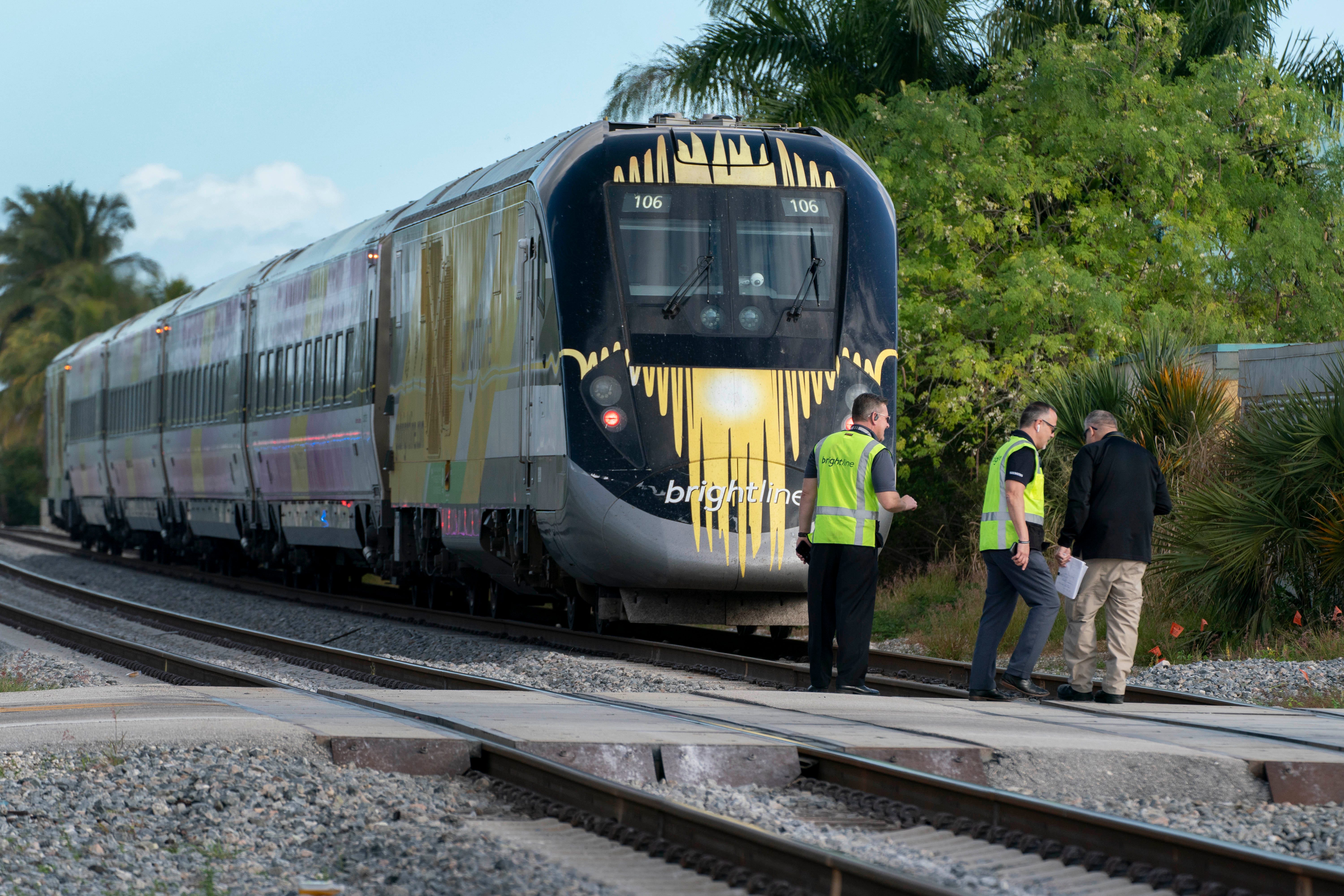cirdan
Engineer
- Joined
- Mar 30, 2011
- Messages
- 3,659
Is it legal and feasible to put gates across the tracks, which would normally be in closed position and raise when the roadway gates lower? In the event of a malfunction, a locomotive would breeze thru a closed breakaway gate without damage.
I've seen videos of manually operated crossings in other countries where the gate is swung from the tracks to the roadway, but I don't think I've ever seen an automatic gate blocking tracks.
Such swing gates were quite common in Britain in the past but had virtually been eliminated by about the 1980s, other than a few examples on heritage lines.
They were typically hand operated though, which required crossing keepers (unless there was a station nearby whose staff could operate them).
I don't know why they were not automated





